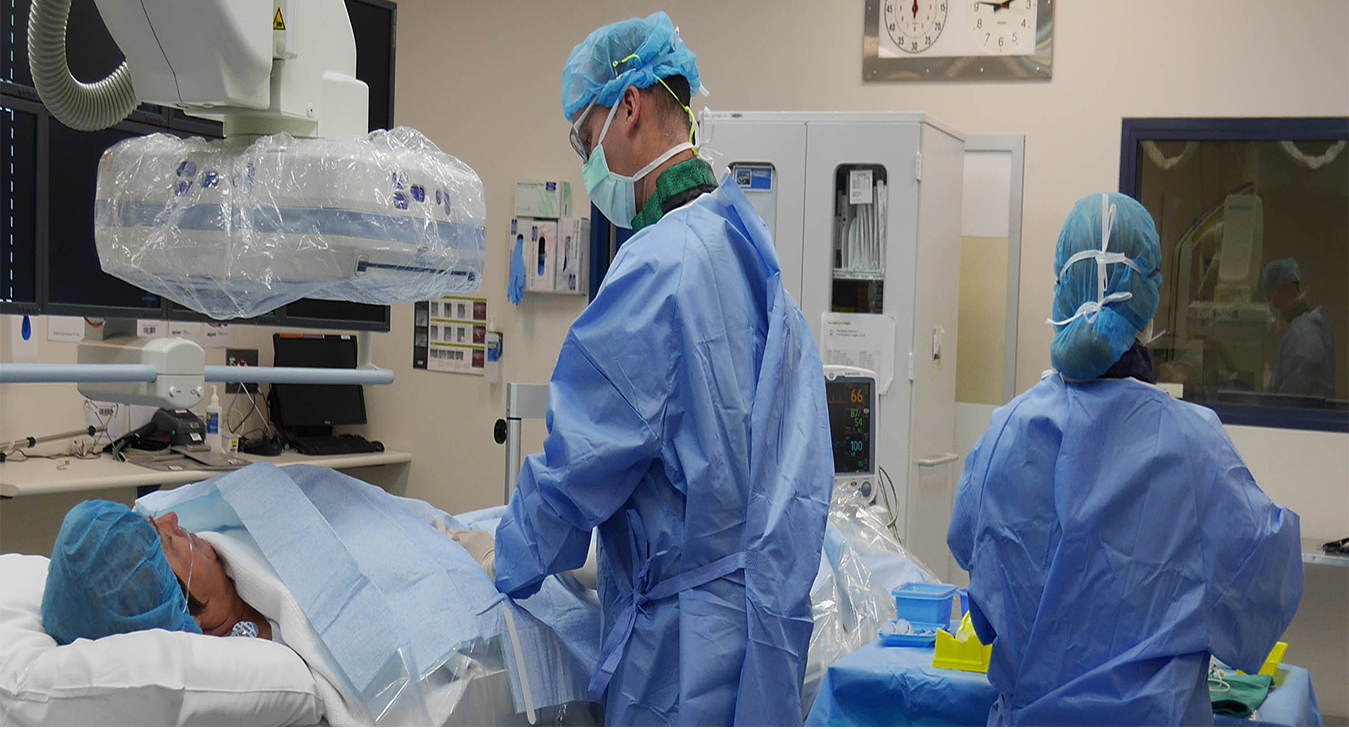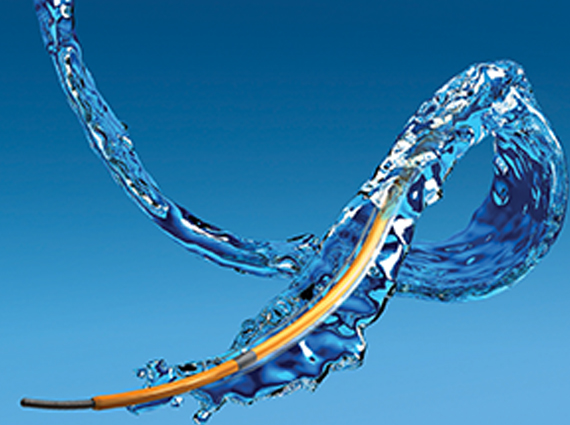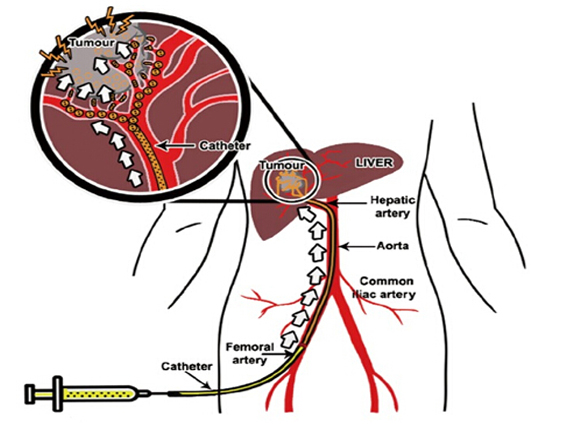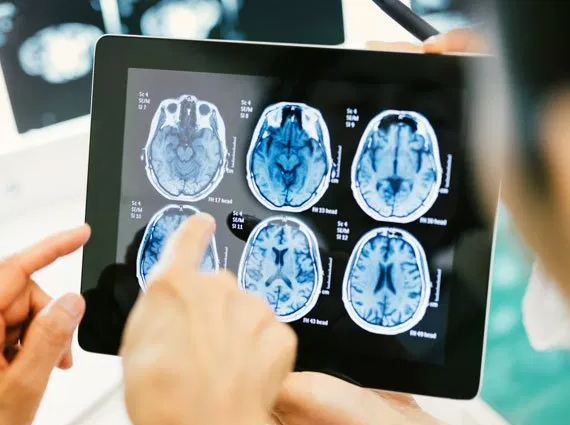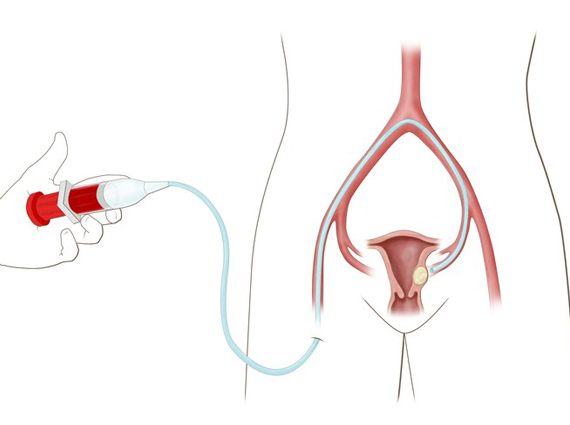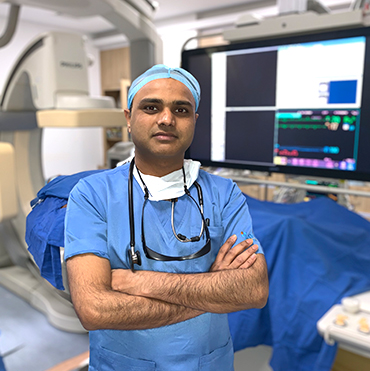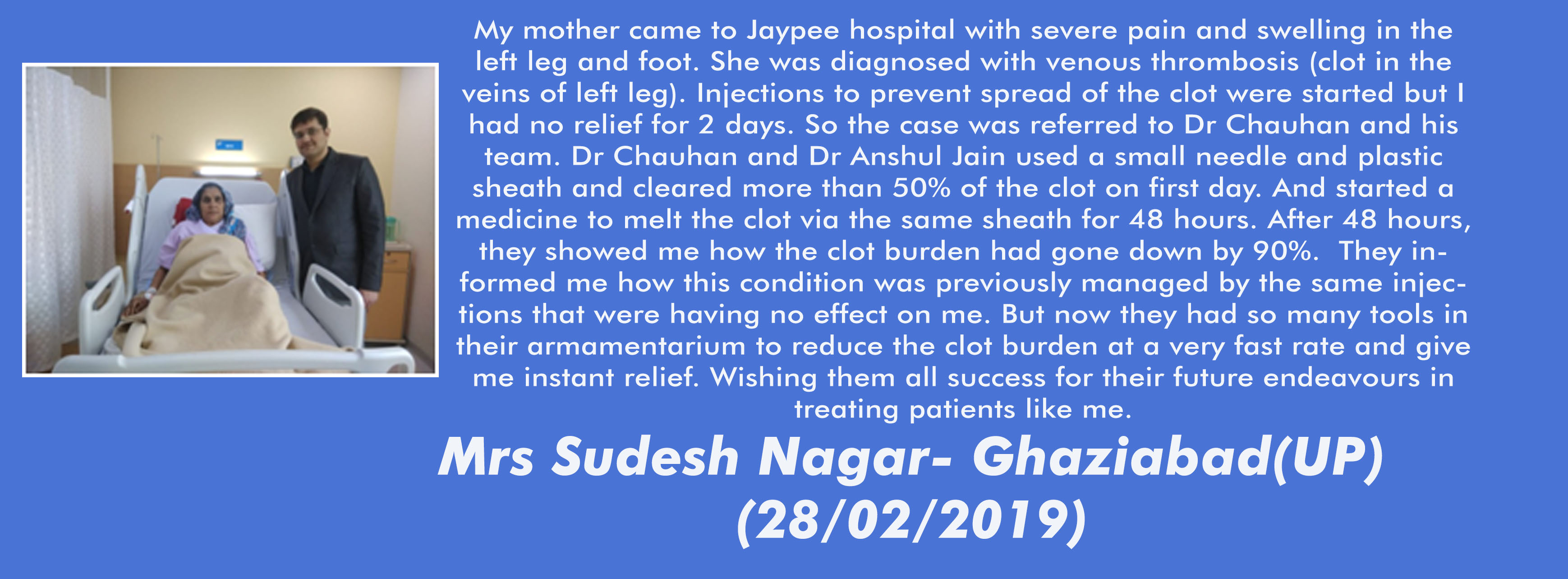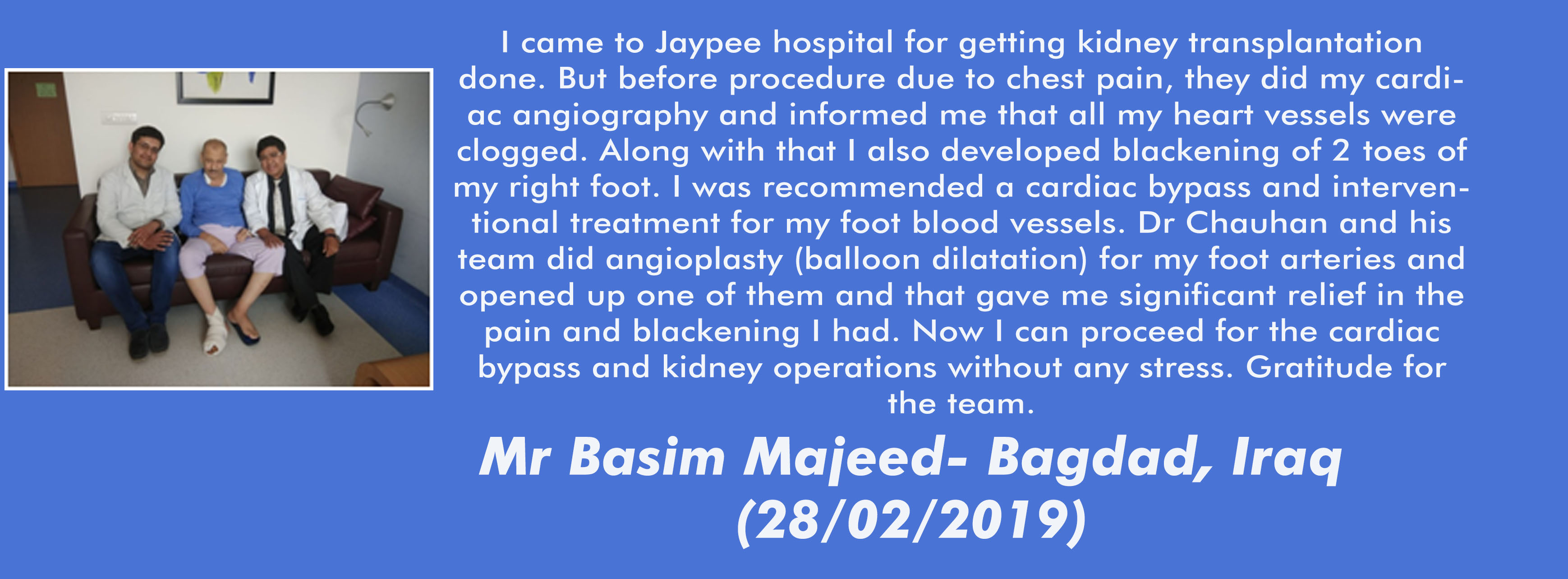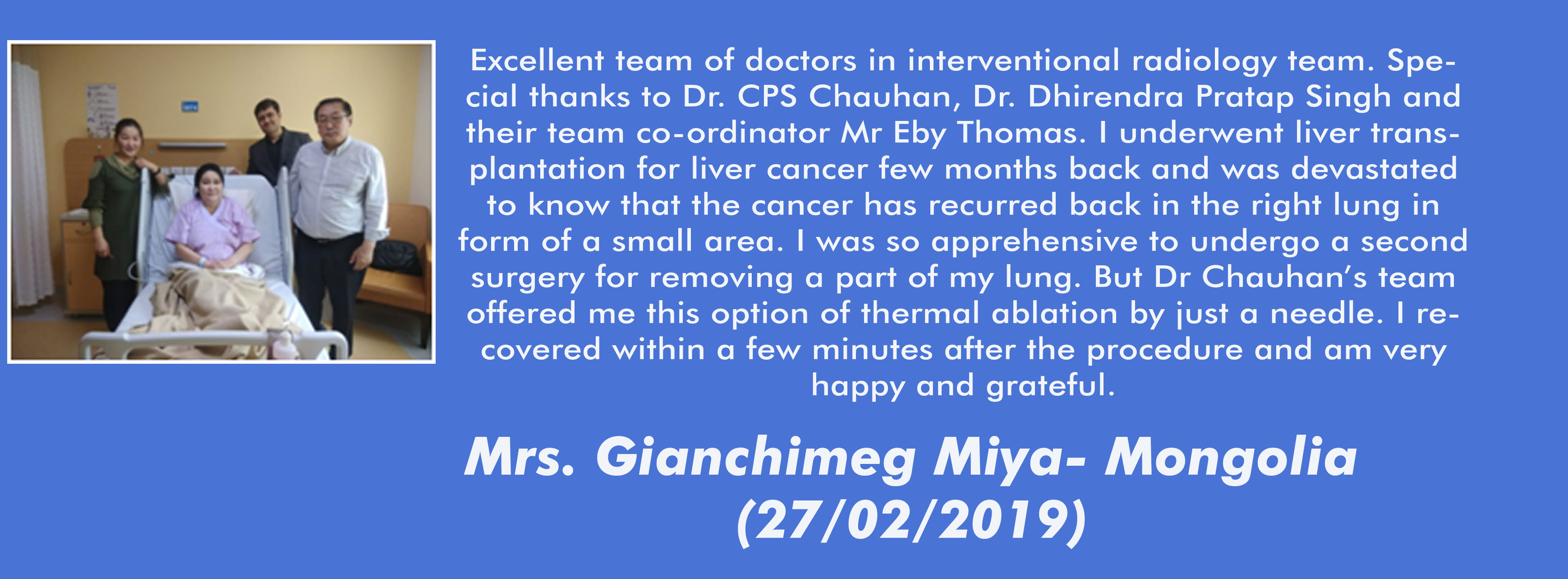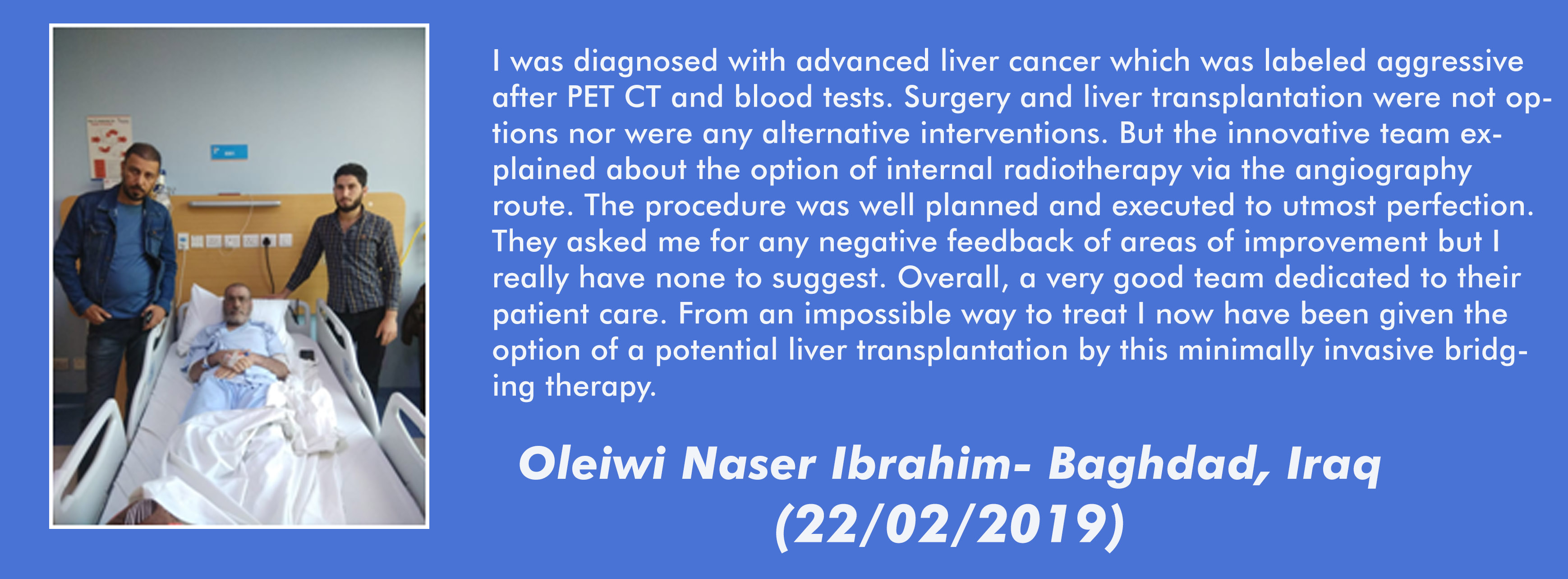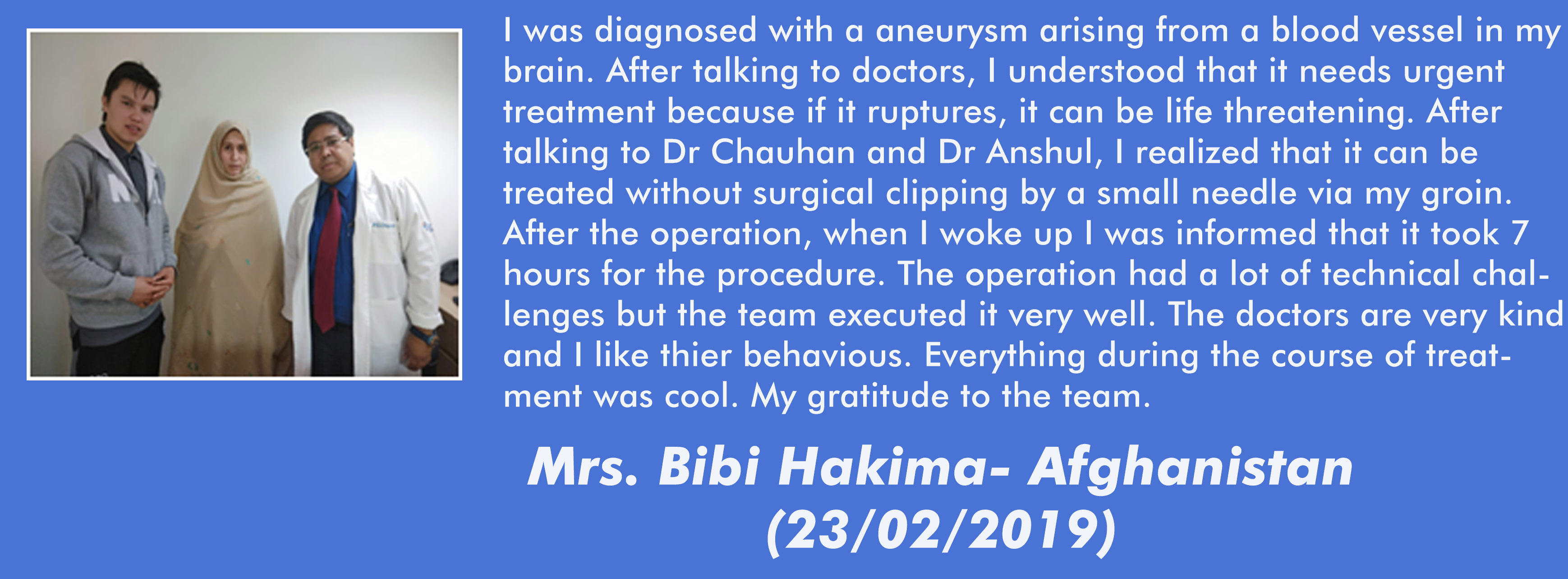Welcome to Interventional Radiology Group
Minimal incisions, less pain and amazing results….
People become apprehensive as soon as they hear that a major surgery or an operation is the main treatment plan for their condition. This is true, specially when it pertains to an important organ or structure being operated upon, like the brain or the liver. This apprehension led to the rise of the field of Interventional Radiology. An angiographic approach for cardiac procedures is well established since decades now. The field of angiography for other organs and minimally invasive intervention is relatively recent but has gradually and rapidly evolved into a full fledged super-speciality- known as Interventional Radiology. It offers treatment to multiple diseases from head to toe from intra-cranial aneurysms to liver cancers to varicose veins in the legs. Not only are these interventional treatment options as effective as surgery but they are minimally invasive, safer and also best in terms of shorter hospital stay and faster recovery.
Read More





